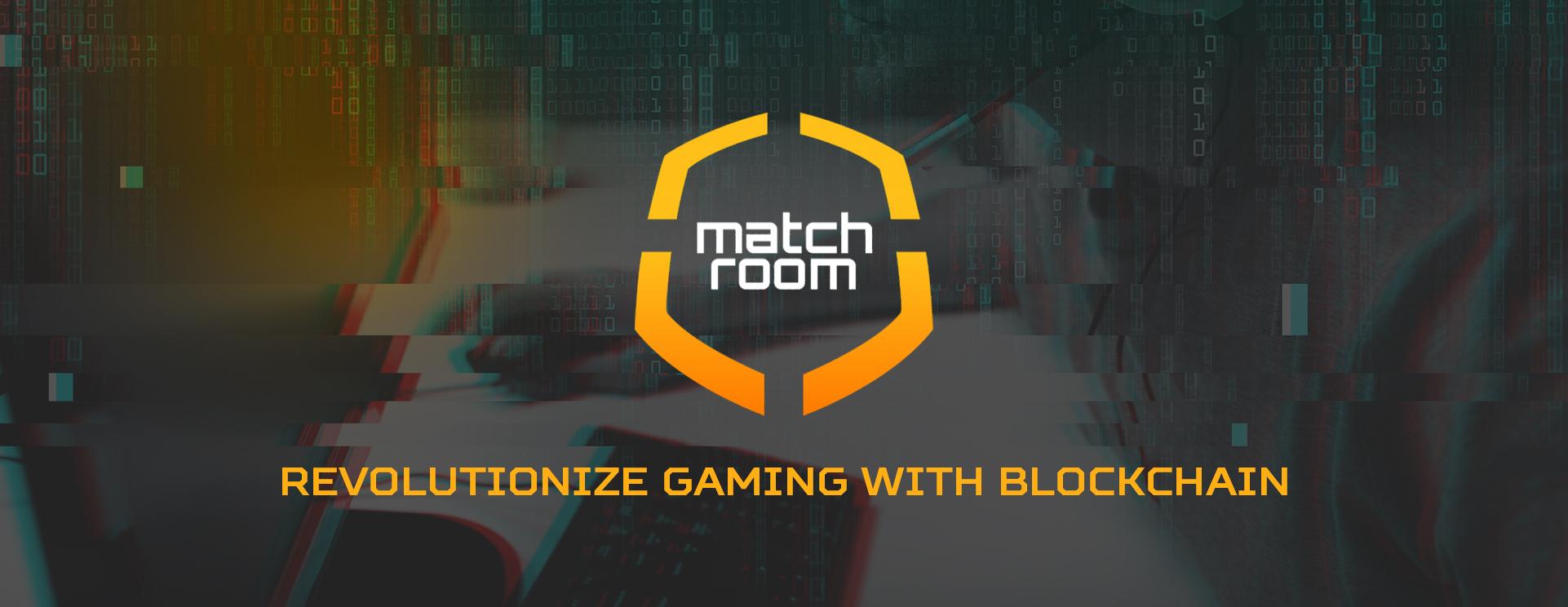With high rent, student loans and rising home prices, many prospective homebuyers struggle to save for a down payment. You don’t have to have a 20 percent down payment to get a mortgage, however. Some conventional loan programs only require 3 percent down.
3 percent down mortgage options
Conventional 97
Backed by Fannie Mae, the Conventional 97 mortgage program, sometimes referred to as 97 Percent LTV Standard, allows you to pay just 3 percent as a down payment, leaving you with 97 percent financing. The down payment doesn’t have to come from your savings — the funds can be a gift from a friend or relative, grant or other form of down payment assistance.
To qualify, you must be a first-time homebuyer or haven’t owned a home in the last three years. Unlike some other 3 percent mortgages, you aren’t subject to income limits, but you’ll need to meet conventional debt-to-income (DTI) ratio requirements and have a credit score of 620 or higher. You’ll also need to complete a homebuyer education course.
“The underwriting guidelines are no more stringent than for any other conventional 30-year mortgage,” says Dan Green, president of Cincinnati-based mortgage company Homebuyer.com.
In addition, the home you’re buying must be your primary residence (meaning you’ll live in it) and a single-family property, which includes approved condos. The purchase price can’t exceed conforming loan limits. In 2022, this limit in most housing markets is $647,200.
Because you’re putting less than 20 percent down, you’ll also be required to pay for private mortgage insurance (PMI) with your monthly mortgage payment. Your premium will be based on your loan-to-value (LTV) ratio — in this case, 97 percent — and credit score. Once you have 20 percent equity in your home, you can stop paying PMI. This applies to any conventional loan program.
HomeReady and Home Possible
Both Fannie Mae and Freddie Mac back another 3-percent conventional loan, called HomeReady and Home Possible, respectively. With either of these mortgages, you can make a 3 percent down payment and borrow up to 97 percent. You can use the loan to buy different types of properties, including a single-family home or a home up to four units, or a condo.
Unlike Conventional 97, you don’t have to be a first-time homebuyer to qualify for a HomeReady or Home Possible loan, but your income does need to fall under certain limits (unless you’re buying in a specially designated area). You can determine your eligibility for HomeReady using this tool, or Home Possible using this tool. If you are a first-time buyer, you’ll be required to take a homebuyer class.
“HomeReady and Home Possible are different flavors of the same loan program, meant to help low- and moderate-income individuals to stop renting and start owning,” says Green. “There are no caveats and no gotchas.”
Like most conventional loans with the borrower putting less than 20 percent down, you’ll need to pay PMI, but the premium rates are lower with a HomeReady or Home Possible mortgage.
HomeOne
Freddie Mac also backs HomeOne, a 3-percent down, fixed-rate program for first-time homebuyers. Notably, there are no income or geographic restrictions on borrowers, but you’ll be required to pay PMI and complete homebuyer education. You’re also limited to purchasing a one-unit property (including condos) that you’ll use as your primary residence.
Other low-down-payment options
- FHA loans – Insured by the Federal Housing Administration (FHA), FHA loans allow borrowers to put down just 3.5 percent with a credit score of 580 or higher, or at least 10 percent with a score as low as 500. However, FHA borrowers with less than 20 percent down must pay FHA mortgage insurance premiums (MIP) for the life of the loan — it can’t be removed like with a conventional loan. “The FHA is a catch-all, serving homebuyers who are not eligible for the other programs,” says Green. “It’s purposefully inclusive and tries to support as many homeowners as possible. You don’t need to be low- or moderate-income to qualify.”
- USDA and VA loans – USDA and VA loans don’t require any down payment, but they’re only for specific types of borrowers: USDA loans for borrowers in certain rural areas and VA loans for active-duty service members, veterans and surviving spouses. Neither charge mortgage insurance, but USDA loans come with guarantee fees and VA loans come with a funding fee.
Bottom line
There are many mortgage options for homebuyers that don’t require you to drain your savings for a down payment or force you to save up for years. Shop around for mortgage lenders to discuss what’s available and what you might be eligible for and to find the best deal.





